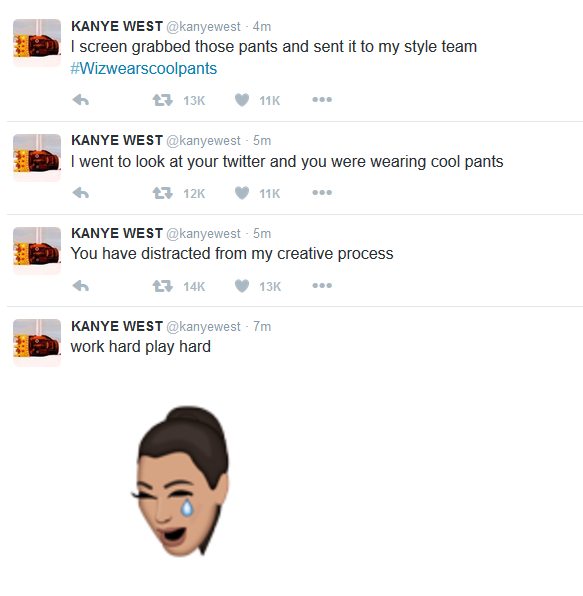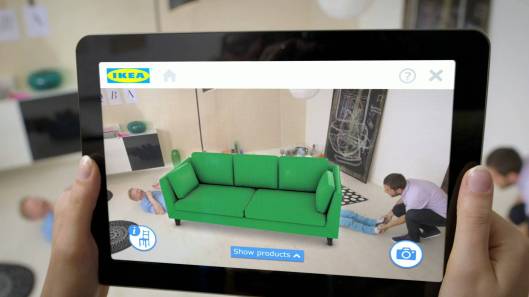Emerging media has changed the world in many ways. The various emerging media platforms give us a means to express ourselves, communicate with each other, and discover new things. Internet use is particularly popular among teens; it is estimated that 92% of teens go online at least once a day. Since teens are so connected to the Internet and social media it makes sense to use them as tools in the classroom.
Using emerging media in the classroom could be beneficial, because it allows students to collaborate and connect with one another outside of the classroom. They also have the ability to research various topics from different social, cultural, and political perspectives. It could also help to generate more student engagement, especially for students that aren’t very excited about school.
Here are some ways to incorporate emerging media in the classroom:
Twitter: Interacting on Twitter can be a strong educational tool. It can be used to have the class research current events from different cultural and political perspectives, or they can participate in discussions of relevant topics through their own accounts. They could ask relevant questions to their followers (or use hashtags to reach a wider audience) and report on the answers they get back. Another option would be to have them write creative short stories in 140 characters.
Blogging: Students can learn a lot from keeping their own blog. The topic of the blog can pertain to the class it is for, and it will be up to the students to create their own posts. They’ll have to do research, write the piece, and then promote it.
Facebook: The benefit of Facebook is the ability to create groups that connect all of the students in a class together. The instructor can create questions and have the students discuss them through the Facebook group. This would be particularly useful for schools that don’t have online learning platforms.
YouTube: Similarly to the benefits of a blog, students can use YouTube in the classroom to create personal vlogs. Another use for YouTube would be to have the students create creative videos to increase learning. For example, an English teacher could have their students create scenes from novels they are reading and then upload them to YouTube. YouTube can also be used to research cultural and political events, which would help to enhance the learning environment.
With all good things, there are negatives. Some instructors fear that using social media in the classroom could be distracting. Additionally, it could easily be used inappropriately if the students are creating their own content. Another reason to be wary is that it could take away from the person to person social interactions that students need. Personally, I think if it used correctly, and it is not used to replace in-person social interactions than it could be an asset.
What are your thoughts on emerging media in the classroom? What are some ideas you have about how to incorporate emerging media into lesson plans? What other platforms could be used and how? What do you you think about the pros and cons?









